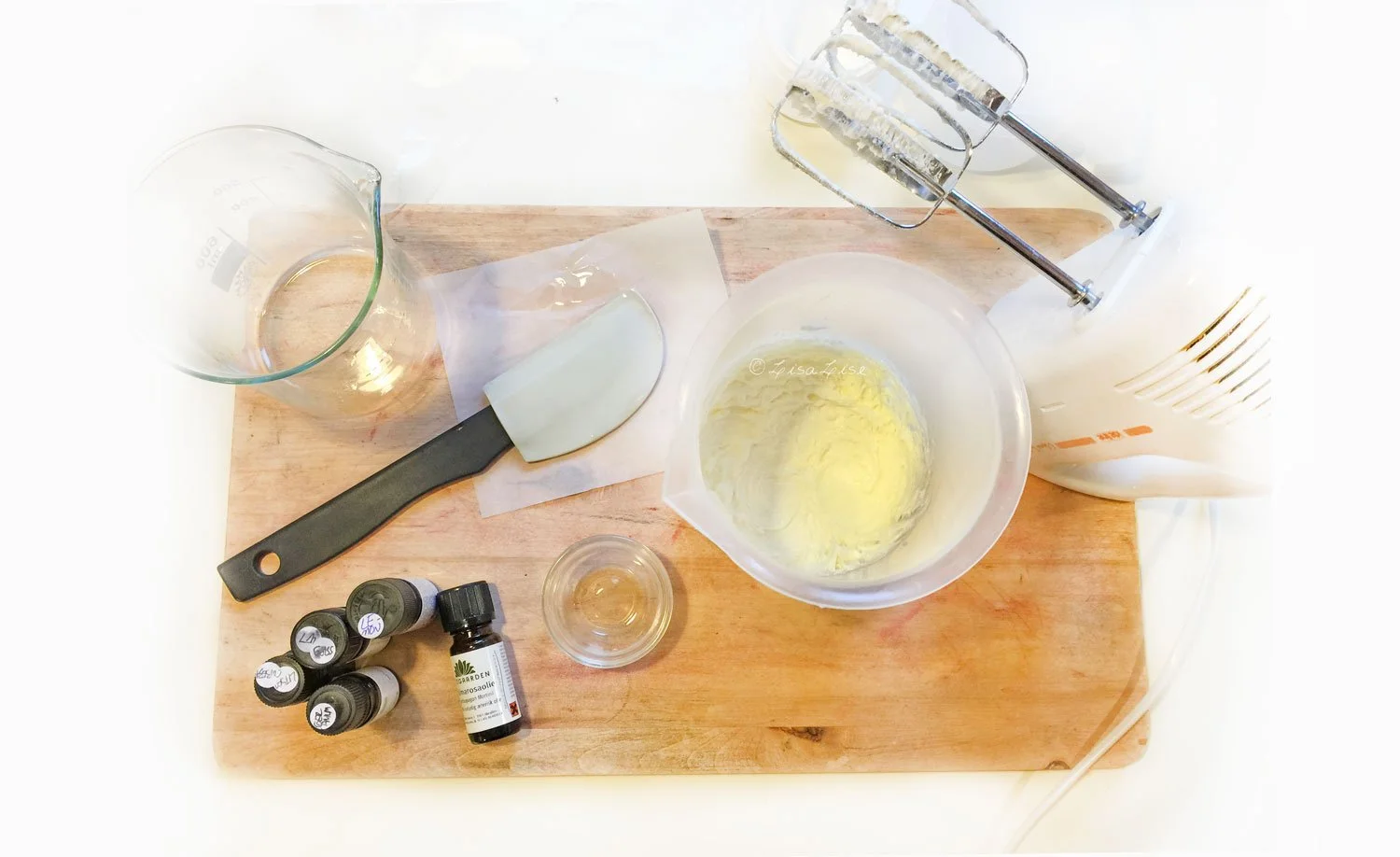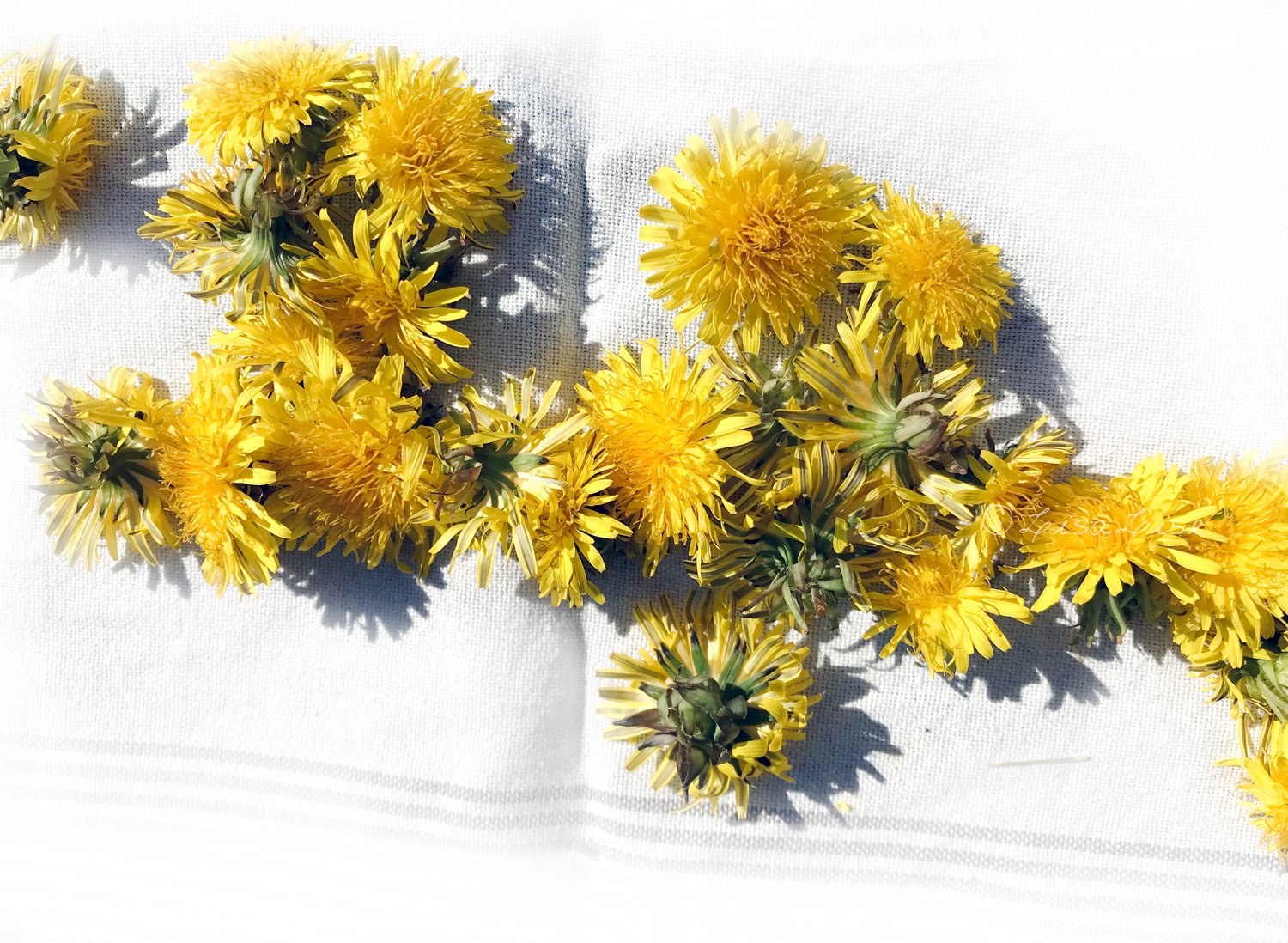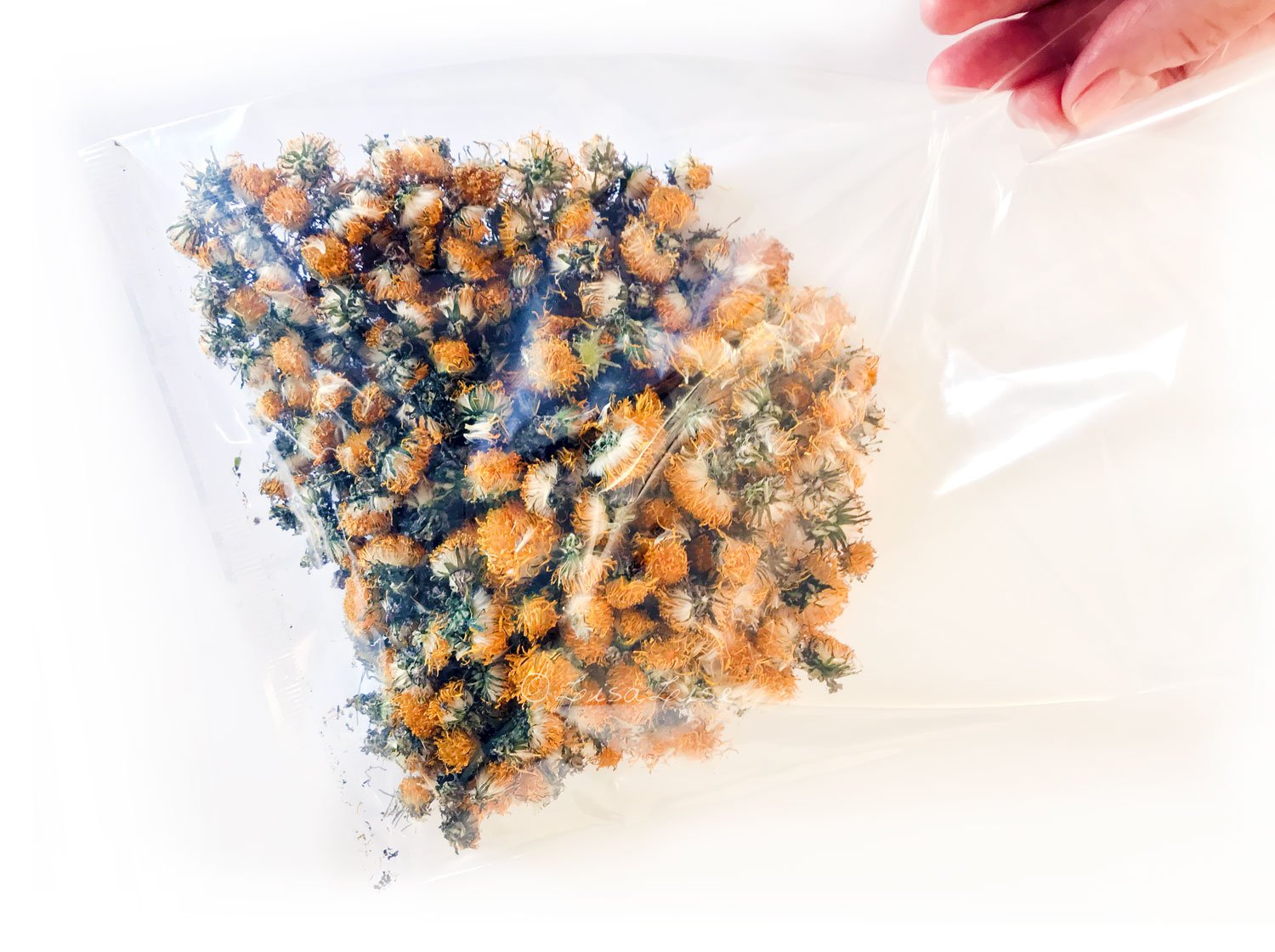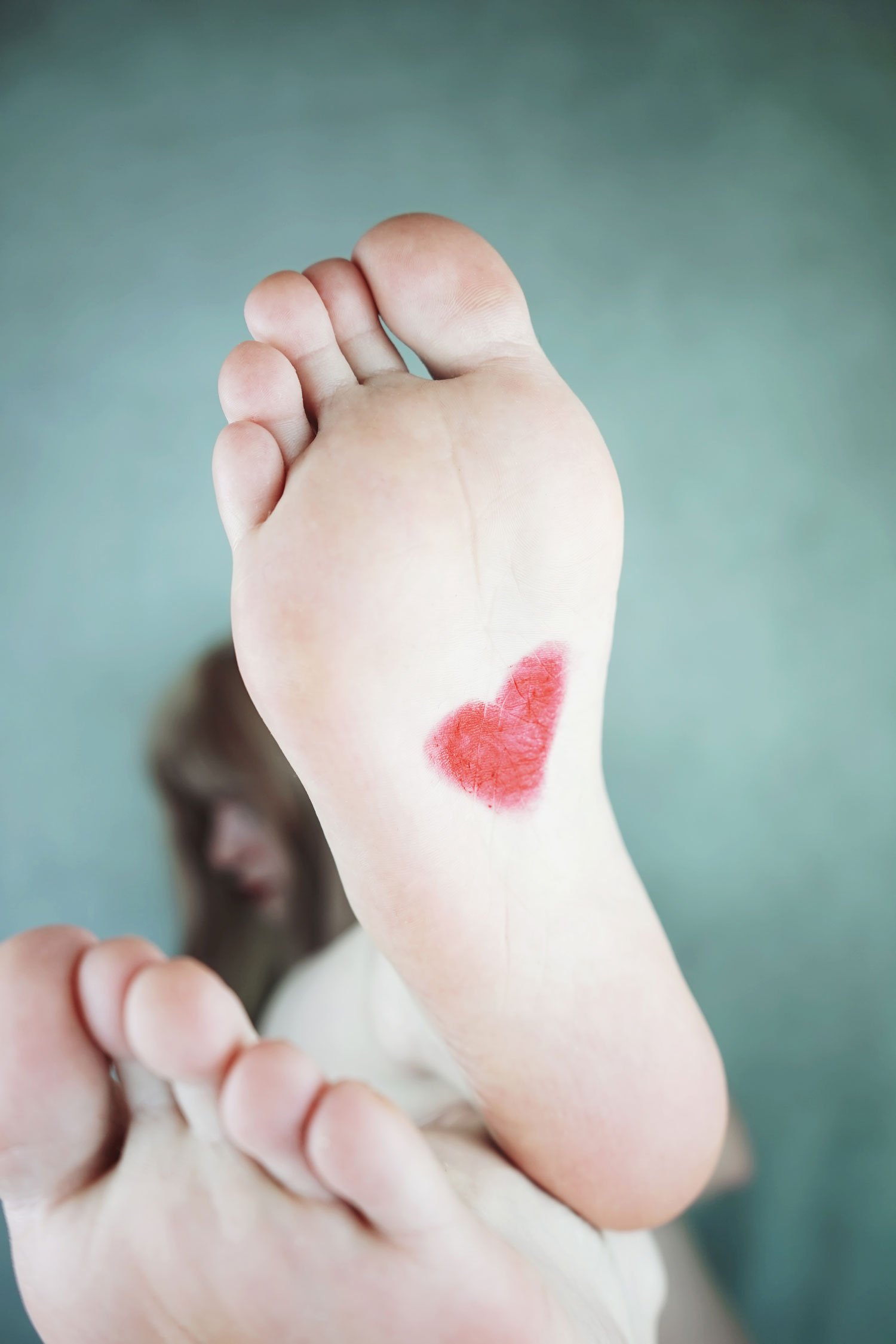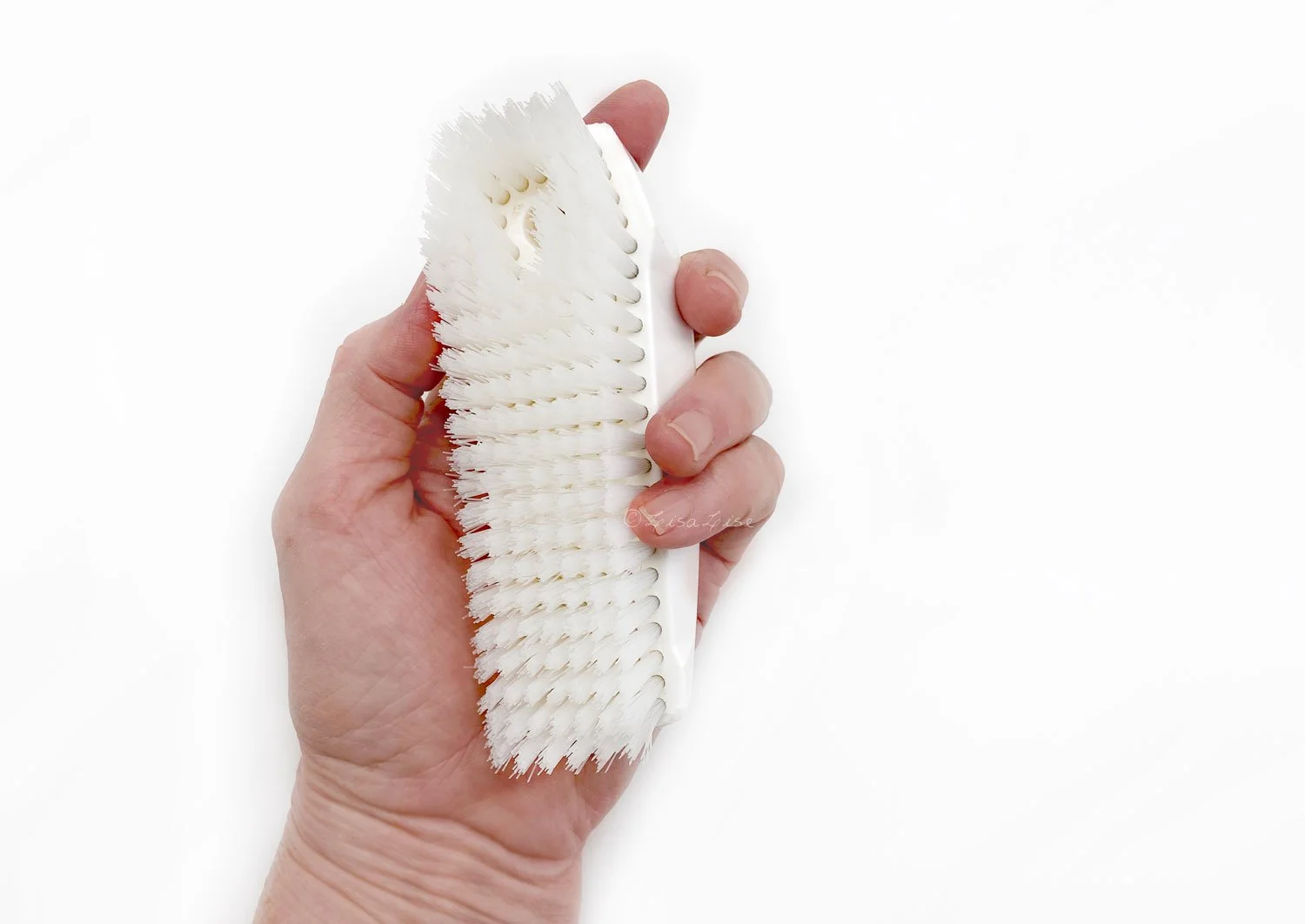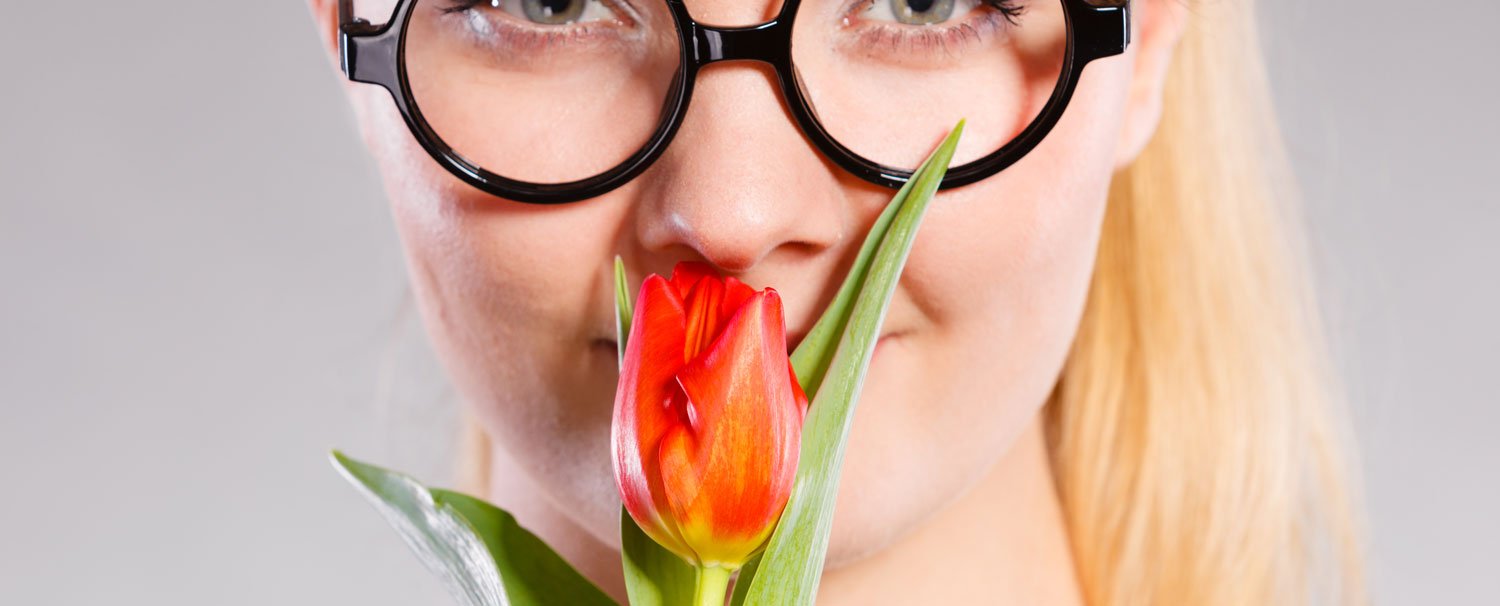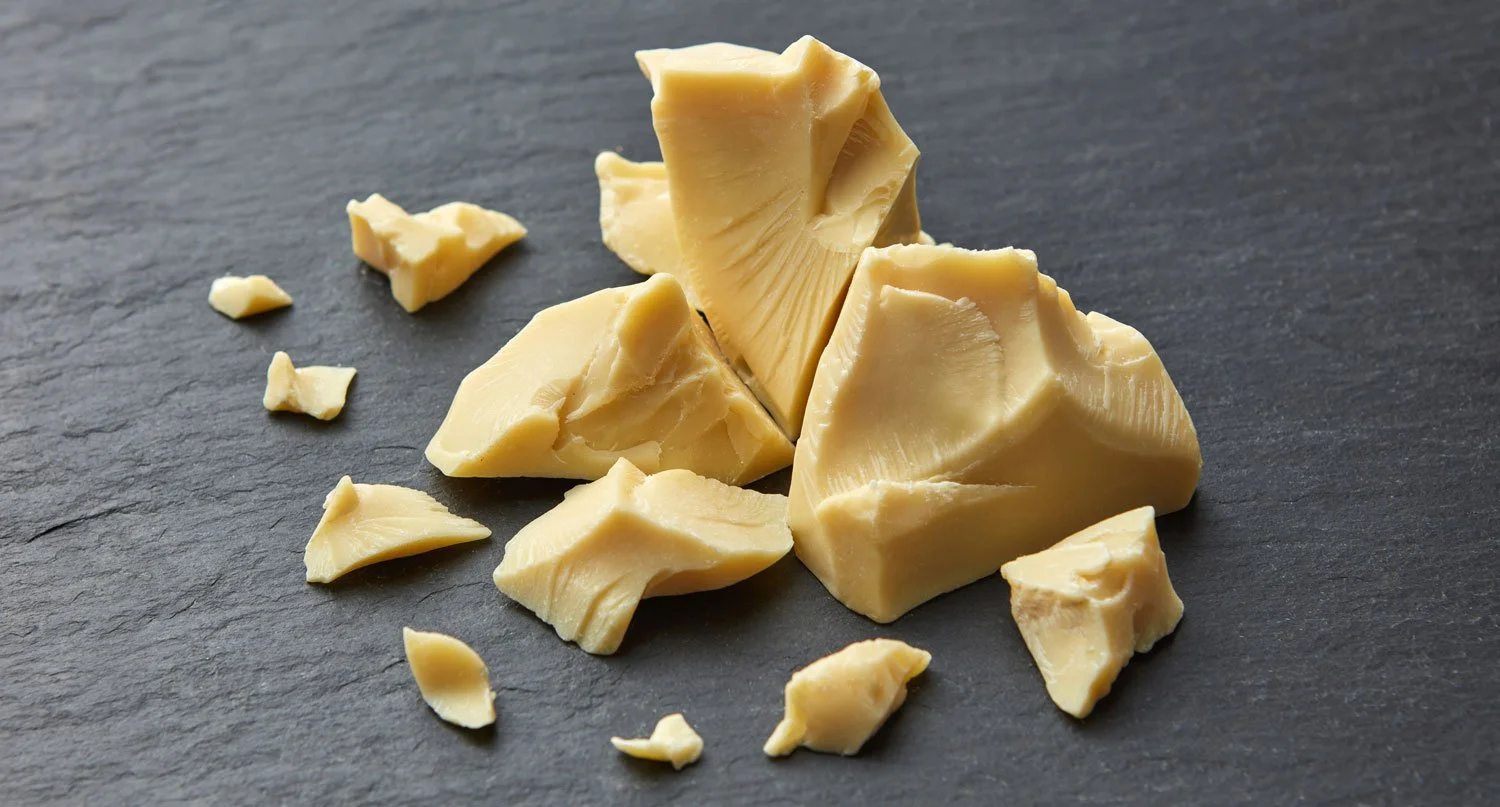Hair Boosting Pre Shampoo Treatment
Lise
This quick and easy hair treatment crept its way into my regular routine all by itself years ago because of 2 things:
the phenomenal way it makes my hair feel and behave
how ridiculously easy it is to do
There are nothing but bonuses to be had from applying virgin coconut oil to hair. It doesn't matter whether your hair is dry, greasy, or normal, kinky, curly, or straight as a board – coconut oil loves all kinds hair.
It literally helps prevent protein loss and has even been side by side tested with a couple of other oils.
Here was the conclusion:
"Among three oils, coconut oil was the only oil found to reduce the protein loss remarkably for both undamaged and damaged hair when used as a pre-wash and post-wash grooming product. Both sunflower and mineral oils do not help at all in reducing the protein loss from hair." REF
If you want to read a few more details about why coconut oil is so fab, please visit this post about the benefits of coconut oil.
Meantime, let's jump straight to this easy peasy hair treatment.
You will need
Hair
Coconut oil (virgin or refined)
Method
The amount of oil to apply will depend on your hair type – thick long curly hair is obviously going to need more than short fine hair. My hair is short and fine and about a teaspoon is enough for my hair.
Apply oil to dry hair and work through to tips, being sure to reach all of the hair. If you have very long hair, a wide-toothed comb can help distribute the oil.
Massage scalp lightly.
Let sit for as long as you like.
Apply shampoo (no need to wet hair first).
Lather and rinse.
Dry, set and style as usual.
I do this little oil treatment once a week, applying about 15 minutes before I hit the shower, but if your hair is very dry, you may want to do it more often.
The longer the oil is in the hair, the more benefits.
Enjoy!
Do Tell
If you decide to try this (or already do it), please feel free to share your thoughts, reactions and experiences with it in a comment below.







